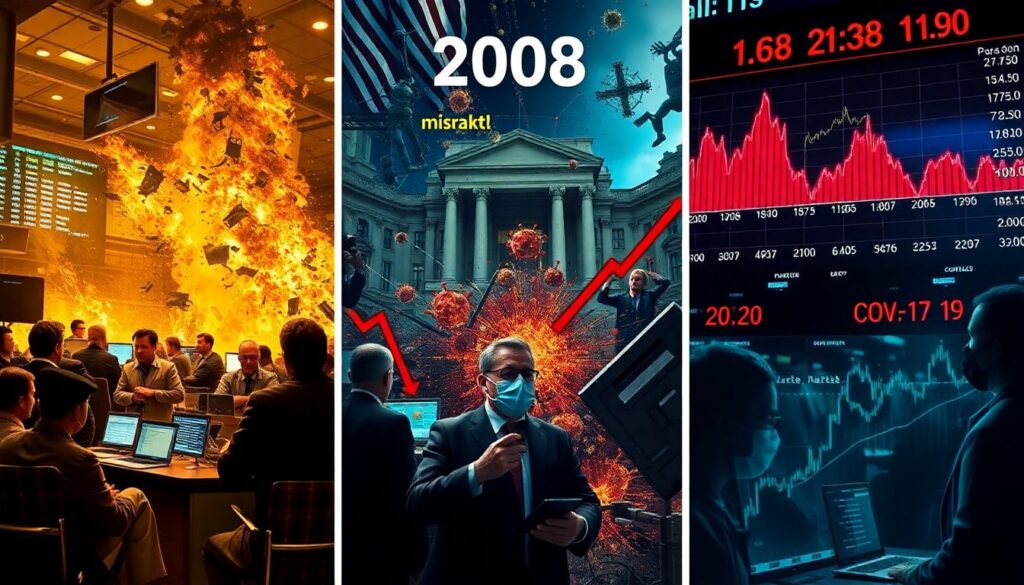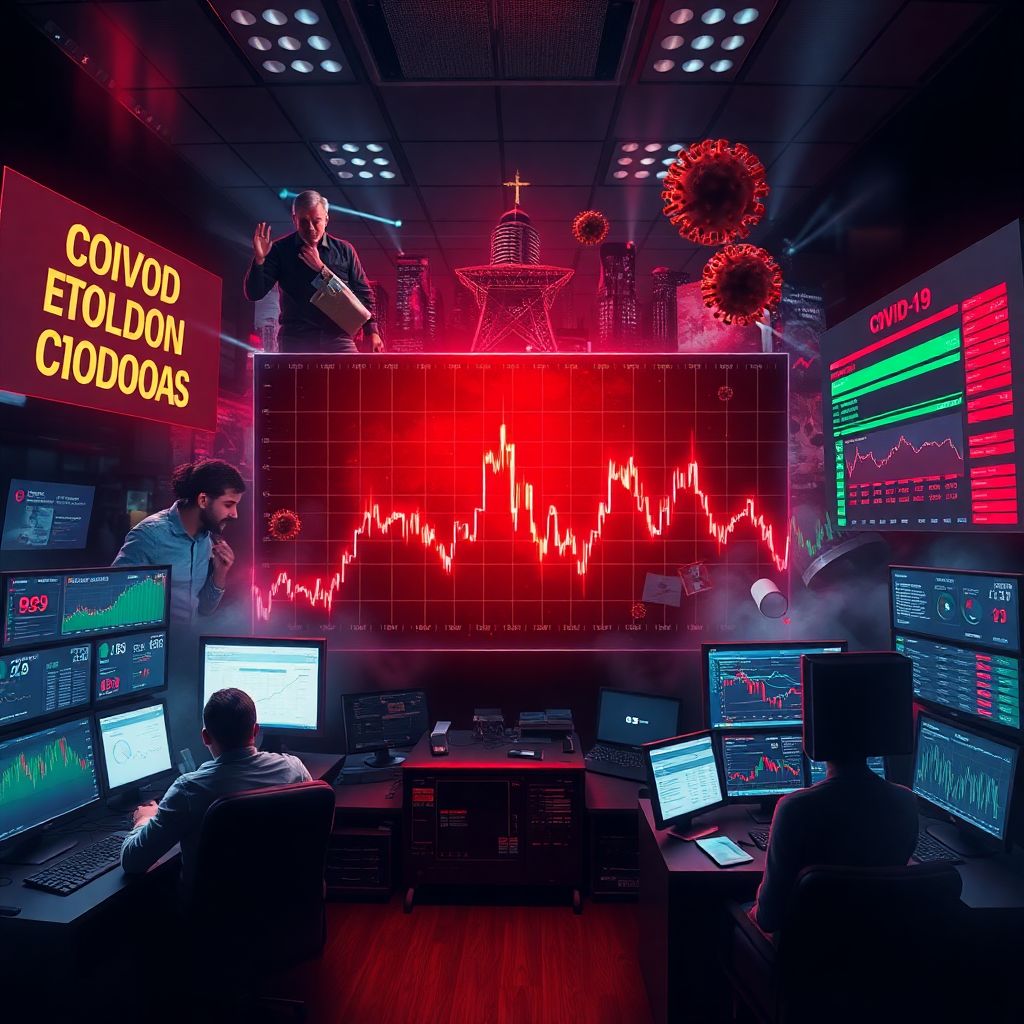Historical Background of Intense Market Moves

Intense market moves aren’t a new phenomenon — they’ve been shaping financial markets for decades. From the 1987 Black Monday crash to the 2008 financial crisis and the 2020 COVID-19 market shock, volatility has always played a central role in shaping trader behavior and market structure. These sharp price movements, often triggered by economic data, geopolitical events, or shifts in investor sentiment, can create both panic and opportunity. Understanding the roots of intense market moves helps traders better prepare for future volatility and develop resilience in their strategies.
Basic Principles of Trading Intense Moves
Before diving into specific tactics, it’s crucial to grasp the foundational principles behind intense market moves trading. First, volatility is not inherently bad — it’s a signal of opportunity. Second, risk management becomes exponentially more important during these periods. Lastly, timing is everything: entering too early or too late can turn a good idea into a loss. Traders need to stay nimble, use tight stop-loss orders, and focus on liquidity. These principles lay the groundwork for learning how to trade volatile markets effectively and without unnecessary exposure.
Strategies for Trading Intense Moves

There are several different approaches when it comes to strategies for trading intense moves. Each has its pros and cons, depending on your risk tolerance, time horizon, and trading style.
1. Breakout Trading
This strategy involves identifying key support or resistance levels and entering trades when the price breaks through. It works well during high volatility because strong moves often follow breakouts. However, false breakouts are common, so confirmation is key.
2. Mean Reversion
Here, traders bet that prices will return to their average after a sharp move. This can be profitable during overreactions, but timing is critical. Jumping in too soon can lead to bigger losses before the price reverses.
3. Momentum Trading
Momentum traders ride the wave — they enter a trade in the direction of the move, expecting it to continue. This method can be powerful during news-driven events, but requires quick decision-making and solid exit plans.
4. Event-Driven Trading
This involves trading around earnings reports, economic data releases, or geopolitical news. The trick is to understand not just the news itself, but how the market is likely to interpret it.
Each of these methods can be adapted to different market conditions. The key is to remain flexible and avoid rigid thinking.
Real-Life Examples of Strategy Implementation
Let’s look at how these strategies play out in real markets. In March 2020, during the initial COVID-19 panic, markets saw wild daily swings. Breakout traders capitalized on key levels in the S&P 500, while momentum traders rode the wave down. Meanwhile, mean reversion traders had to wait patiently for signs of stabilization before jumping in. Similarly, during Tesla’s rapid run-up in 2021, momentum strategies outperformed, while mean reversion traders were repeatedly burned trying to call the top too early.
Another example is the 2022 inflation data releases. These events created short-term spikes in volatility, ideal for event-driven strategies. Traders who prepared with a clear plan and tight risk control were able to profit from intense market moves, while those who chased the action without discipline often faced steep losses.
Common Misconceptions About Volatile Market Trading

There are several myths surrounding how to trade volatile markets. One of the most dangerous is the belief that high volatility equals high profits. While it’s true that large moves can offer big rewards, they also come with elevated risk. Another common misconception is that you need to trade every move. In reality, sometimes the best position is no position — waiting for confirmation can save you from unnecessary losses.
Some traders also think that intense market moves trading requires complex algorithms or insider information. Not true. With proper education, a solid strategy, and disciplined execution, retail traders can compete effectively. Lastly, many underestimate the emotional toll of trading volatile markets. Fear and greed can cloud judgment faster than any market signal. That’s why having a plan — and sticking to it — is essential.
Comparing Different Approaches
When comparing different strategies for trading intense moves, it helps to consider your personality and goals. Breakout trading suits those who like clear setups and defined entries. Mean reversion appeals to contrarians who look for overreactions. Momentum trading is ideal for those who can act fast and manage trades closely. Event-driven trading requires strong research skills and a good feel for market sentiment.
Each method has its strengths, but none are foolproof. The best approach often involves blending elements of multiple strategies and adapting them to current market conditions. For example, you might use breakout signals to identify entries, but apply mean reversion logic to manage exits. Or you could combine event-driven catalysts with momentum confirmation. The more tools you have, the better you’ll be at profiting from intense market moves.
Final Thoughts and Practical Trading Tips
If you’re serious about learning trading tips for market volatility, start by focusing on discipline, not prediction. No one knows exactly where the market will go next, but with the right risk management and strategy, you don’t need to. Always use stop-loss orders, don’t over-leverage, and stay informed. Volatile markets can be chaotic, but they also offer some of the best opportunities for growth — both financially and as a trader.
In the end, profiting from intense market moves isn’t about chasing every spike. It’s about preparation, patience, and execution. Choose a strategy that fits your style, stick to your rules, and keep learning. Because in trading, as in life, it’s not the storm you fear — it’s how well you sail through it.

